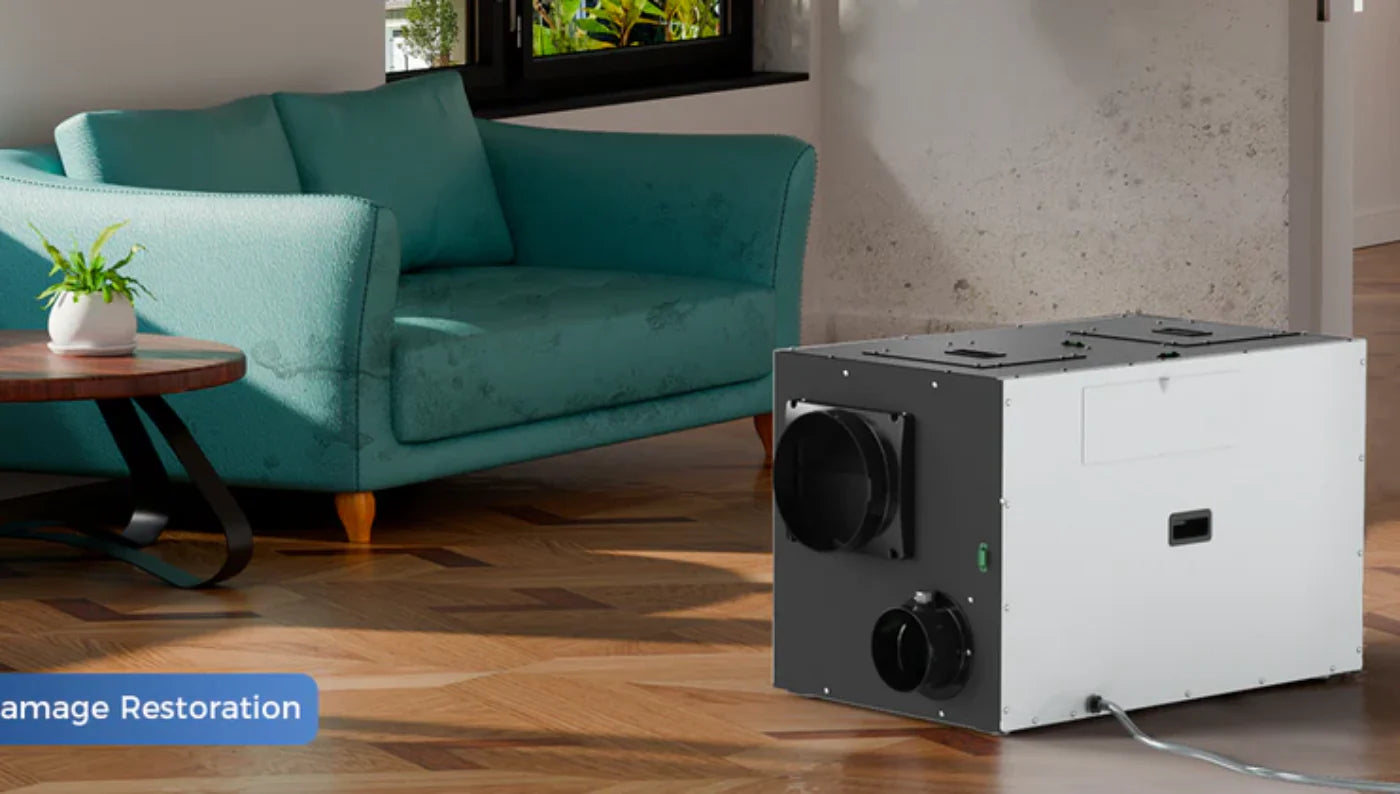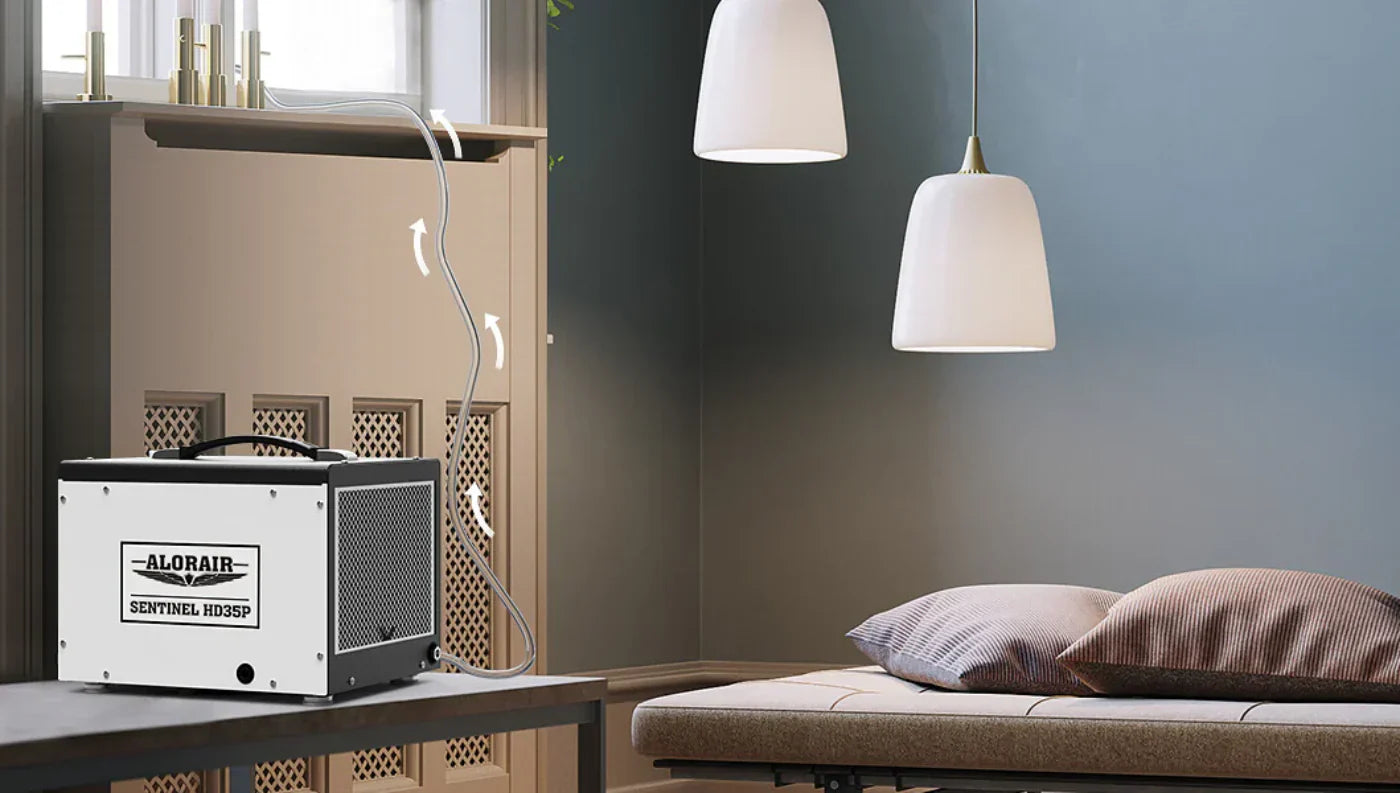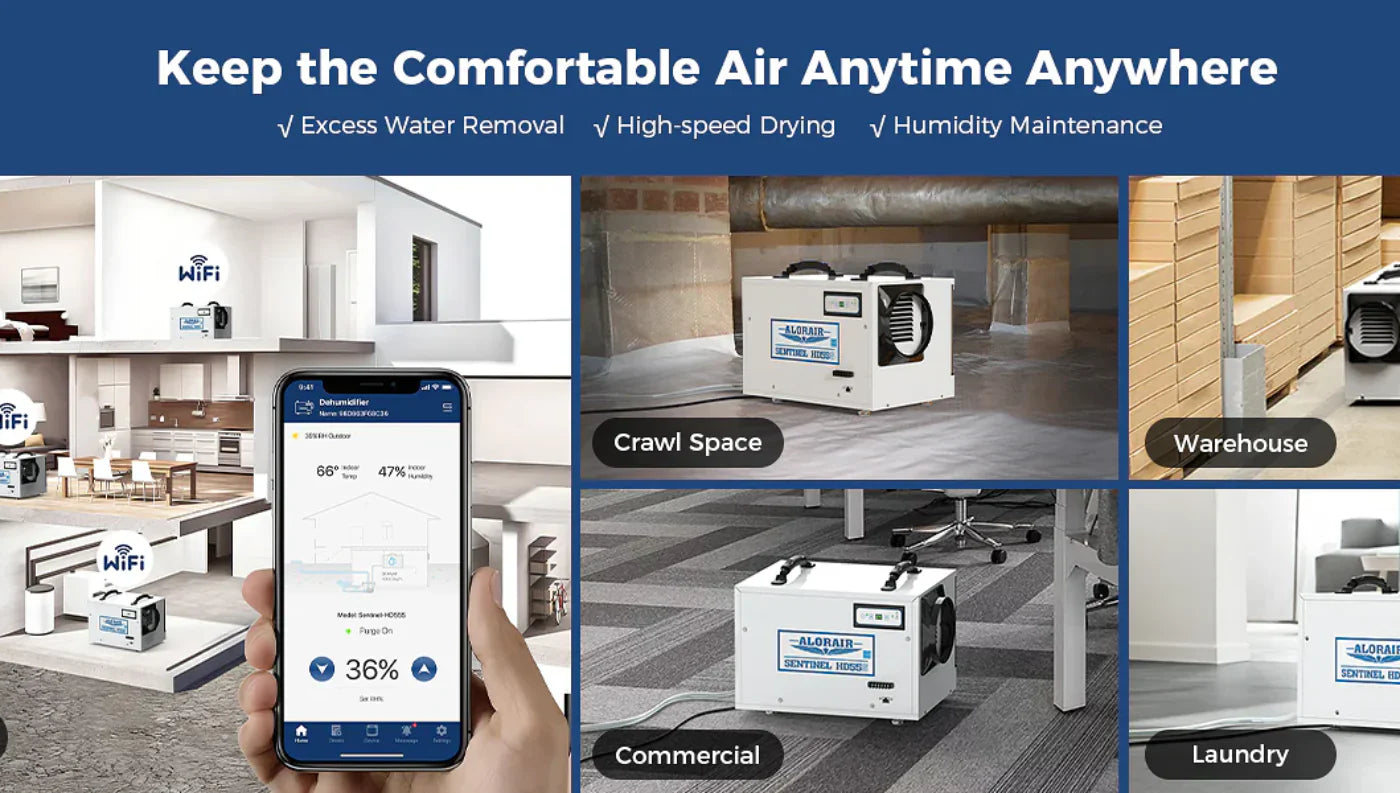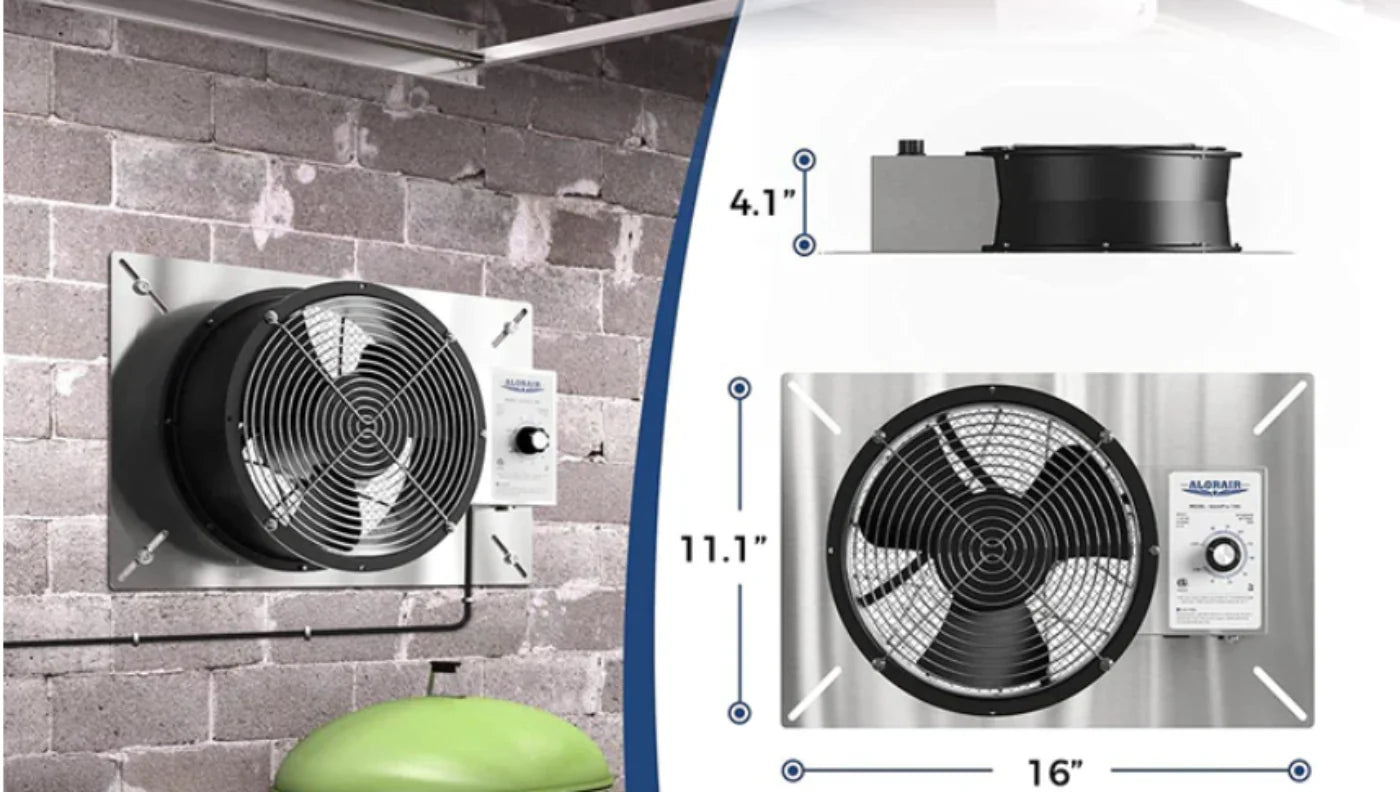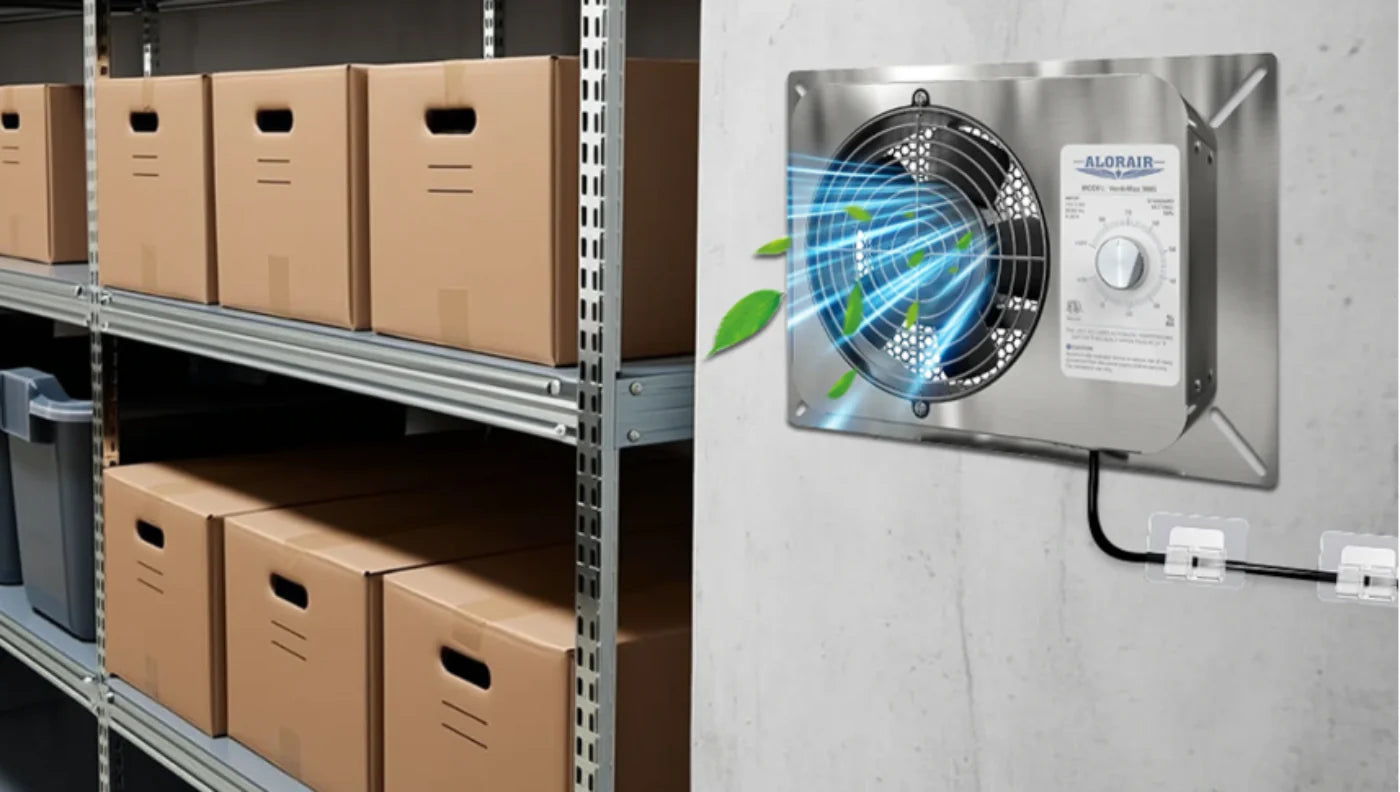Do you know about the key to perfect indoor growing? It is ‘optimal humidity’. Yes, it’s true. Your plants are not going to thrive in excessive moisture or humidity unless you’ve kept them in an ideal range. Therefore, controlling humidity in a grow tent is crucial for the health and productivity of your plants. Whether you are a seasoned gardener or a beginner, understanding how to manage the humidity in your grow tent can make a significant difference in your results. Excess humidity can lead to mold, mildew, and pest infestations, while too little can stunt growth and reduce yields. This guide will provide you with effective tips and solutions on how to control humidity in grow tent, ensuring your plants thrive in an optimal environment.
Why Humidity Control is Essential in Grow Tents
Impact on Plant Growth
Humidity is vital in plant growth, influencing everything from water uptake to nutrient absorption. Monitoring humidity in grow tents can be challenging but essential for several reasons.
Risks of High Humidity
Too high humidity can create a breeding ground for mold and mildew, which can devastate your plants. It also attracts pests that thrive in moist environments. Effective grow tent humidity management is necessary to prevent these issues.
Risks of Low Humidity
Low humidity levels can cause plants to lose moisture too quickly, leading to wilting and poor growth. Different stages of plant growth require different humidity levels. For instance, seedlings and clones need higher humidity levels compared to flowering plants. Knowing the optimal humidity levels for grow tents at various growth stages helps in creating the best environment for your plants.
Nutrient Uptake and Overall Plant Health
Proper humidity control methods also contribute to better nutrient uptake and overall plant health. High humidity can lead to nutrient deficiencies as plants struggle to absorb nutrients from the soil. Conversely, low humidity can increase transpiration rates, causing plants to lose water and nutrients rapidly.
Methods to Control Humidity in Grow Tents
Effective grow tent humidity management involves various techniques and tools to maintain optimal humidity levels for your plants. Here are some proven methods:
Using a Dehumidifier
One of the most efficient ways to manage high humidity in your grow tent is by using a dehumidifier. A grow room dehumidifier helps reduce excess moisture in the air, preventing mold and mildew growth. The best dehumidifier for grow tents, like the AlorAir Crawl Space Dehumidifier, can handle the unique environment of a grow tent, ensuring consistent humidity control. Using a dehumidifier is one of the best grow tent humidity solutions.
Improving Ventilation
Proper ventilation is crucial for humidity control. Enhance ventilation by installing exhaust fans and intake vents to ensure a constant flow of fresh air. This helps in removing excess moisture and maintaining the desired humidity levels. You can also use oscillating fans to improve air circulation within the tent, preventing hotspots of high humidity.
Using Air Conditioning and Heating
Temperature control significantly impacts humidity levels. Using an air conditioner can help reduce humidity by cooling the air and removing moisture. Conversely, a heater can help manage low humidity levels by warming the air, which reduces relative humidity. Maintaining a balance between air conditioning and heating is key to optimal humidity levels for grow tents.
Adding or Removing Plants
The number of plants in your grow tent can influence humidity levels. Dense plant populations increase transpiration, raising humidity levels. If humidity is too high, consider reducing the number of plants or spacing them out more. Conversely, adding more plants can help increase humidity if levels are too low.
Using Humidifiers or Misting Systems
When dealing with low humidity, humidifiers or misting systems can help increase moisture levels. Humidifiers add moisture to the air, raising humidity levels, while misting systems can provide a quick boost of humidity. Ensure these systems are used in moderation to avoid over-humidifying the grow tent.
Best Practices for Monitoring Humidity
Regularly monitoring humidity levels is essential for maintaining optimal conditions in your grow tent. Here are some best practices to follow:
Using Hygrometers
Hygrometers are essential tools for tracking humidity levels accurately. Place multiple hygrometers at different locations within your grow tent to get a comprehensive reading. This helps you understand the overall humidity levels and identify any areas with excessive moisture.
Setting Up Humidity Controllers
Automatic humidity controllers can help maintain consistent humidity levels by adjusting devices like dehumidifiers and humidifiers based on real-time readings. These controllers are programmed to keep humidity within the desired range, reducing the need for manual adjustments and ensuring optimal growing conditions. Setting up humidity controllers is one of the ideal grow tent humidity solutions.
Regular Calibration and Maintenance
Regularly calibrate your hygrometers and humidity controllers to ensure accurate readings. Maintenance of your humidity control equipment, including cleaning filters and checking for any blockages, ensures they operate efficiently.
Monitoring and Adjusting Settings
Keep a close eye on the humidity levels, especially during different stages of plant growth. Adjust your settings as needed to maintain optimal conditions. Monitoring and fine-tuning your setup ensures that your plants receive the best environment for growth.
By following these methods and best practices, you can effectively manage humidity in your grow tent, ensuring healthy plant growth and maximizing yields. Implement these strategies to create the ideal environment for your plants and enjoy the benefits of a well-controlled grow tent.
Maintenance and Troubleshooting Tips
Maintaining your humidity control equipment and addressing common issues promptly is crucial for ensuring optimal conditions in your grow tent. Here are some tips:
Regular Maintenance Practices
Clean Filters: Regularly clean or replace the filters in your dehumidifiers and humidifiers to ensure they operate efficiently.
Check for Leaks: Inspect your grow tent for any leaks or holes that might allow excess moisture to enter. Seal any gaps to maintain controlled humidity levels.
Inspect Equipment: Periodically check all your humidity control devices, such as dehumidifiers, humidifiers, and fans, to ensure they are functioning correctly.
Calibrate Hygrometers: Regularly calibrate your hygrometers to ensure accurate humidity readings.
Common Issues and Troubleshooting Tips
Troubleshooting humidity issues in grow tents is important to witness better growth of your plants.
High Humidity Levels:
Increase Ventilation: Enhance air circulation by adding more fans or improving the exhaust system.
Use a Dehumidifier: Employ a grow room dehumidifier like the AlorAir Crawl Space Dehumidifier to reduce excess moisture.
Reduce Plant Density: Thin out your plants to reduce transpiration and lower humidity.
Low Humidity Levels:
Use a Humidifier: Add a humidifier or misting system to increase moisture in the air.
Adjust Temperature: Increase the temperature slightly to raise humidity levels.
Add More Plants: Introducing more plants can help increase humidity through transpiration.
Inconsistent Humidity Levels:
Check Seals: Ensure your grow tent is properly sealed to prevent outside air from affecting humidity levels.
Use Humidity Controllers: Install automatic humidity controllers to maintain consistent levels.
Monitor Regularly: Keep a close eye on your hygrometers and adjust settings as needed.
Best Dehumidifiers for Grow Tents
Choosing the right dehumidifier for your grow tent is essential for effective humidity control. Here are some of the best options:
href="https://aloraircrawlspace.com/products/alorair-120-pint-crawl-space-dehumidifier-sentinel-hd55p" AlorAir 120 PPD Crawl Space Dehumidifier
The AlorAir Crawl Space Dehumidifier is an excellent choice for growing tent humidity solutions. It is designed to handle the unique environment of a grow tent, providing reliable humidity control even in low temperatures.
Key Features:
1. High moisture removal capacity
2. Energy-efficient operation
3. Automatic defrost system
4. Compact and durable design
Other Top Dehumidifiers
1. Abestorm 198 Pints Energy Star Dehumidifiers:
2. Alorair Sentinel HDi120 Whole Home Dehumidifier:
Conclusion
Learning how to Control humidity in grow tent is crucial for maintaining healthy plant growth and preventing issues such as mold, mildew, and pests. By implementing effective grow tent humidity management techniques, such as using a grow room dehumidifier, improving ventilation, and monitoring humidity levels, you can create the optimal environment for your plants. Remember to choose the best dehumidifier for grow tents that suits your specific needs and regularly maintain your equipment to ensure long-term success. With these tips and solutions, you can achieve the perfect balance of humidity in your grow tent, promoting vigorous growth and maximizing yields.
Are you ready to take control of your grow tent's humidity levels?
Explore our range of high-quality dehumidifiers at AlorAir Crawlspace and find the perfect solution for your needs. With our reliable and efficient products, you can ensure a healthy and productive growing environment for your plants. Visit our website now to learn more and make your purchase today!




